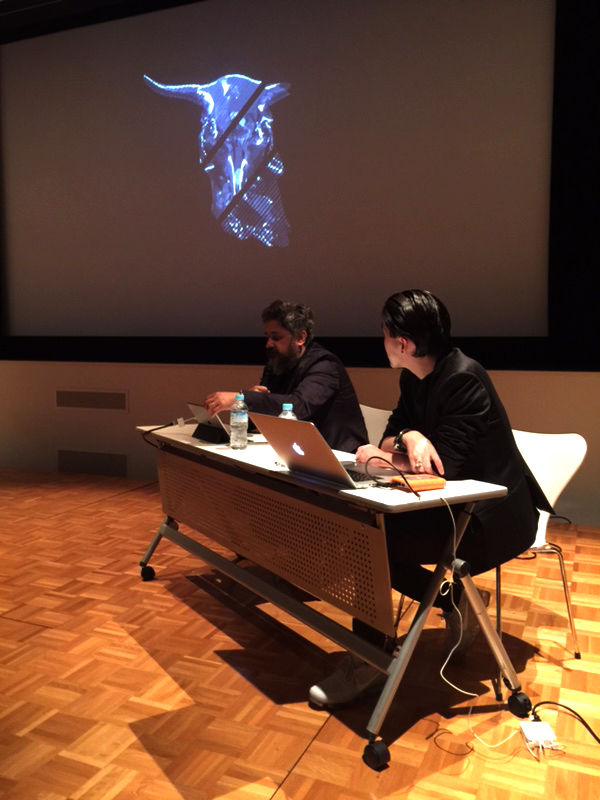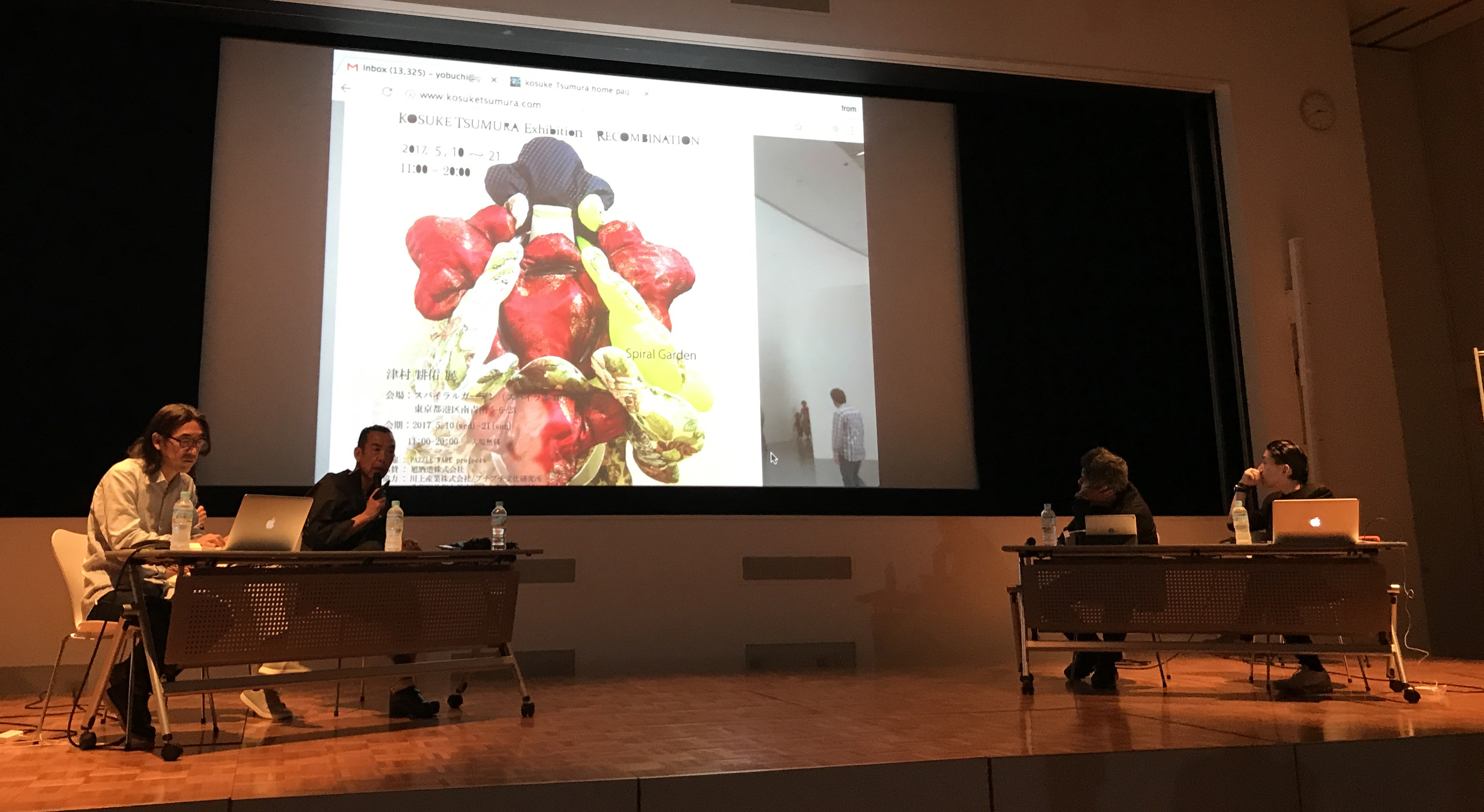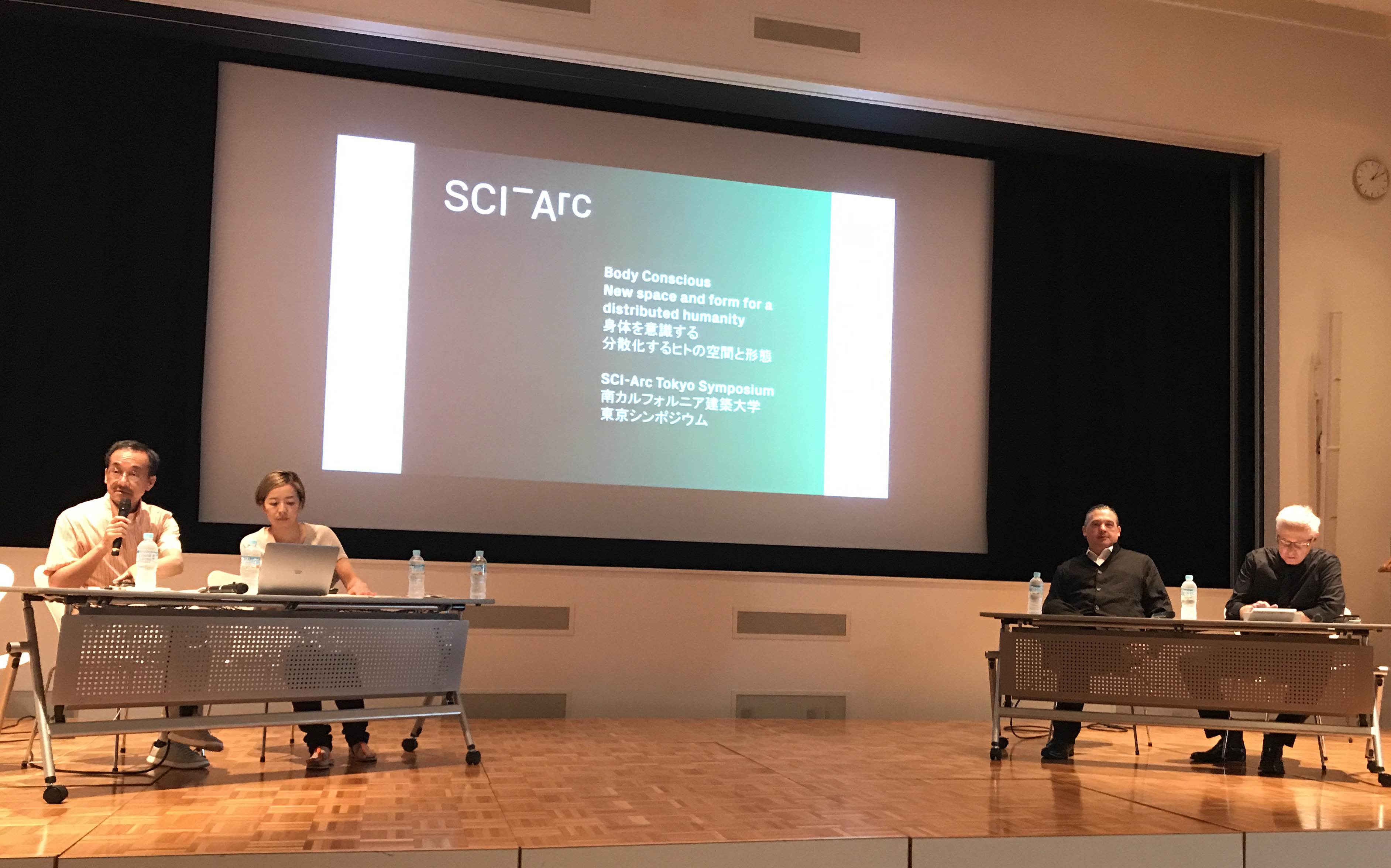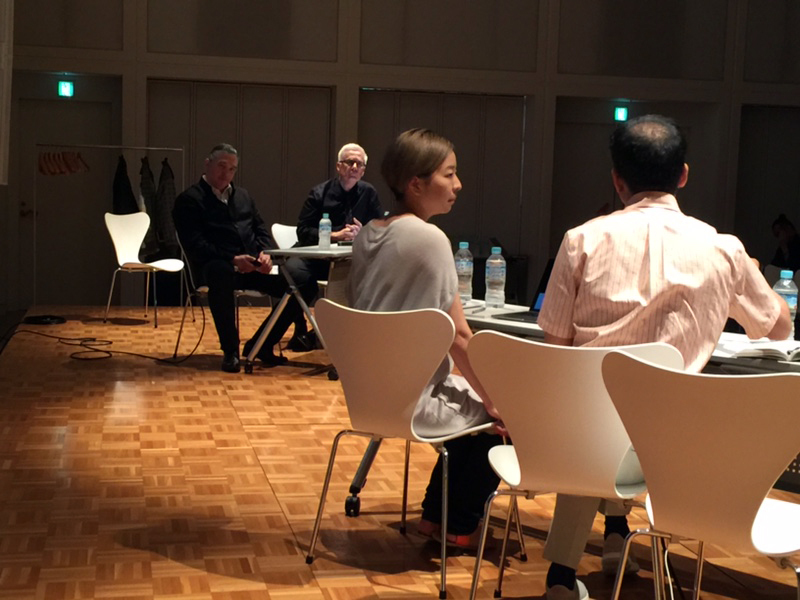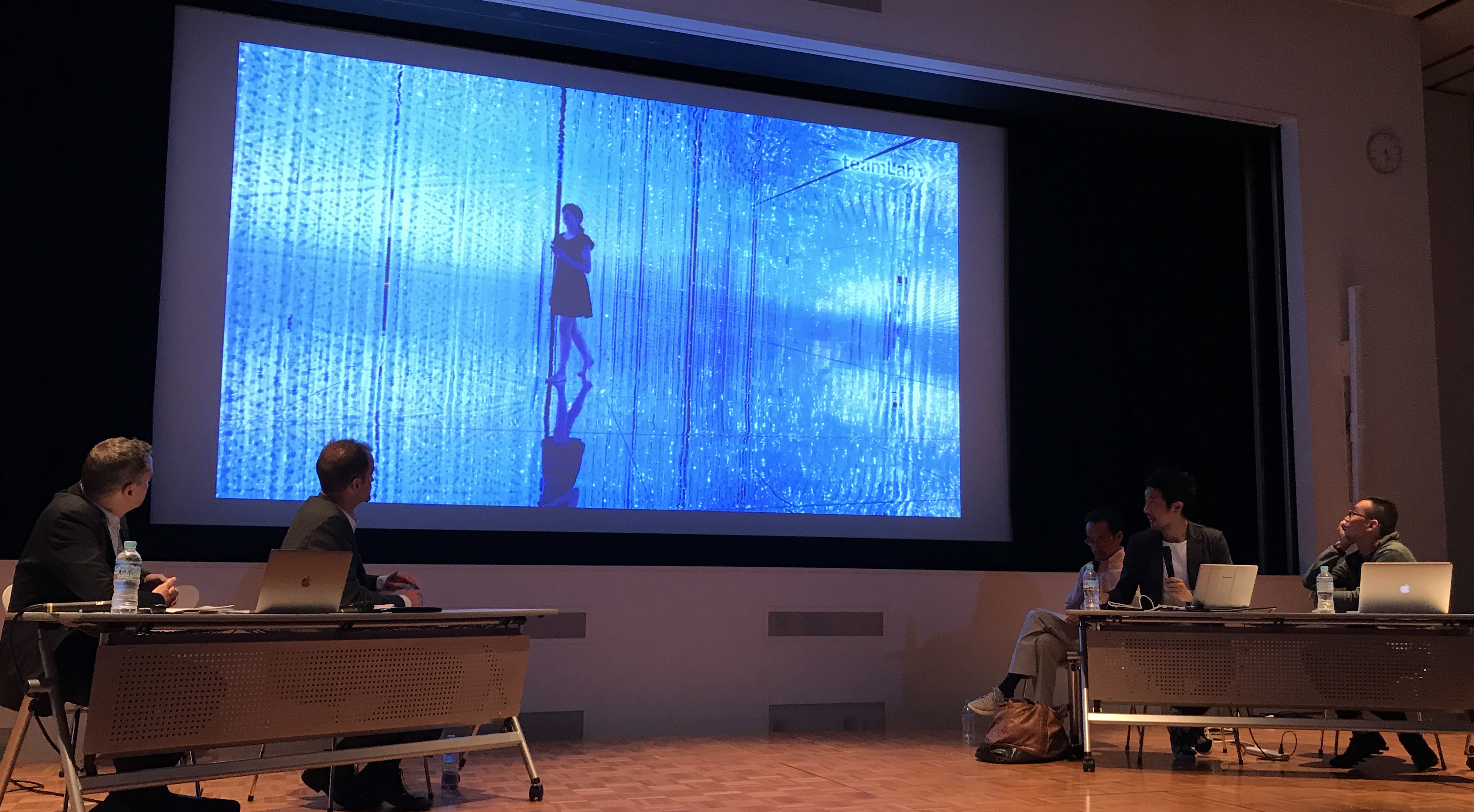SCI-Arc Summer Symposium Travels to Tokyo
SCI-Arc has a long history in Japan that is nearly as long as the school itself. Though the Institute was founded with a single campus in Los Angeles, it quickly attracted international students seeking a different kind of architecture education, including Kazu Arai. Arai is the first Japanese graduate of SCI-Arc, after which he joined Thom Mayne and Michael Rotondi at Morphosis. Project work with the firm brought Arai back to his native homeland. Eventually, he organized the school’s first exchange program in Asia.
Fast forward to 2009; SCI-Arc brought John Bohn on to coordinate the school's exchange program in Japan. After spending a large amount of his professional career working with Arata Isozaki in his Tokyo-based studio, Bohn was versed in both the architectural and linguistic vernacular of the island nation. He relocated the Japan exchange program from Kyoto to Hosei University, located in central Tokyo in the Ichigaya neighborhood. At this location, students enjoy a non-typical exchange experience, in part due to semester-long studio space and full-time access to the school’s architecture school facilities and resources.
“I didn’t want the standard study abroad program, so the curriculum is less about East v. West and more about contemporary ideas relevant to SCI-Arc and Japanese architecture,” Bohn says. “Students from SCI-Arc are from all over the world, and already have broad exposure to diverse cultures, and some exposure to Japanese architecture and culture from publications, film, fashion, and popular culture. Similarly, Japanese architecture is well-aware of SCI-Arc and what we do.” Bohn goes on to explain that a study abroad program should obviously expose students first-hand to the unique conditions of the place they visit and work, but to be a compelling use of their time, it has to go deeper than just superficial observation. “We have to work with people who are doing interesting things relevant to SCI-Arc now, and conversely we should be doing work in LA that is relevant to Japanese architecture now,” he adds.
The program is one full semester: Bohn teaches studio classes and one seminar, and Japanese faculty direct two seminars. The mix of instructors has included computer and material scientist Akira Wakita of Keio SFC; Sohei Immamura at the Chiba Institute of Technology; SCI-Arc alum Yusuke Obuchi who runs the Obuchi Lab at the University of Tokyo; Jun Sato, also at the University of Tokyo; and theorist Thomas Daniell, who is currently at the University of St. Joseph's in Macau.
The program offers a holistic study of Japanese design, including a travel section that brings students to Kyoto, Osaka, and Naoshima. They also workshop with other institutions, including a film project on which students from University of Tokyo, Keio SFC, Hosei University, and SCI-Arc collaborate to produce a short film that premier at the Intermediatheque in Central Tokyo. For the last two years, SCI-Arc Japan students have had an opportunity to work with Steven Ma at SCI-Arc’s Shanghai facility. And this year, Bohn launched a fashion workshop with Cocconogacco, an experimental fashion school started by fashion designer Yoshikazu Yamagata. The school’s story follows many parallels with SCI-Arc’s beginnings. Yamagata found traditional fashion design schools wanting greater creative freedom, and started his own school which has been producing award-winning students and thinkers for less than 10 years.
SCI-Arc’s Symposium in Tokyo
For the third year running, Bohn organizes a one-day symposium that coordinates speakers from up to eight different schools, and daring, young architects and industry-adjacent professionals. Building off of a Japanese affinity for punning, each symposia is organized around a theme with a subversive dual meaning. For example, the 2016 symposium,“Kindling,” spoke to ignition and disruption, as the title describes both means to start a fire and a series of recurrent seizures.
The 2017 Symposium was titled “Body Conscious,” a play-on of a popular Japanese slang term, “body con,” which explored new interpretations of the human body, and its manifestations across the work of SCI-Arc’s faculty and adjacent disciplines embracing this concept.
The symposium was organized primarily around three panel discussions. The first featured SCI-Arc’s Peter Trummer and Peter Testa, and Chie Kono, who was part of a team of three in charge of the Japanese pavilion at last year’s biennale. Testa’s work is grounded in robotics as an extension of the human scale, and Trummer focuses on the urban scale for buildings and cities. Kono’s work rarely relies on a digital language. Instead, her ideas were a counterpoint to digital design, exploring the immediate human scale and how one mediates the environment with hand-built shelter.
The second panel grouped fashion around the idea of physical augmentation, and the distortion of the human body through aesthetics. Bohn invited emerging fashion designer Yuima Nakazato, an up-and-coming Japanese player who debuted his own line in Paris fashion week this summer, and Japanese fashion legend Kosuke Tsumura, founder of Final Home and featured artist of the 2013 University of Tokyo exhibition “Body Architecture.” Obuchi moderated an exploration between Nakazato, Tsumura, and SCI-Arc Director Hernan Diaz Alonso of the human body, scale, and manipulation of the extended human.
The third and final panel explored sensory bodies and metabolics through a digital lens. Bohn presented his work on 0th House and a new metabolic and sensory human prototype of the future basis for architectural production, the Zeroth Human. He presented with Akira Wakita, a digital artist whose work centers around invisible energies, and human movement and perception; and Toshiyuki Inoko from TeamLab, a creative group that designs and programs interactive large-scale digital installations. An emergent theme by the end of the discussion: A new notion of the human body that operates beyond the anthropomorphic model that, through digital environments and couture fashion, can shape new orders for architecture.
“This year, we engaged luminaries from adjacent design disciplines that can inform compelling architectural futures, and facilitated a dialogue between emerging leaders from both SCI-Arc and Japan,” Bohn says of the symposium. “The event sowed the seeds of what could be deep and meaningful relationships between our Japanese panelists, as well as the SCI-Arc community. While we were happy to make connections within disciplines, on a larger scale we crossed disciplines and that—for SCI-Arc—is what will push the practice of architecture forward.”
